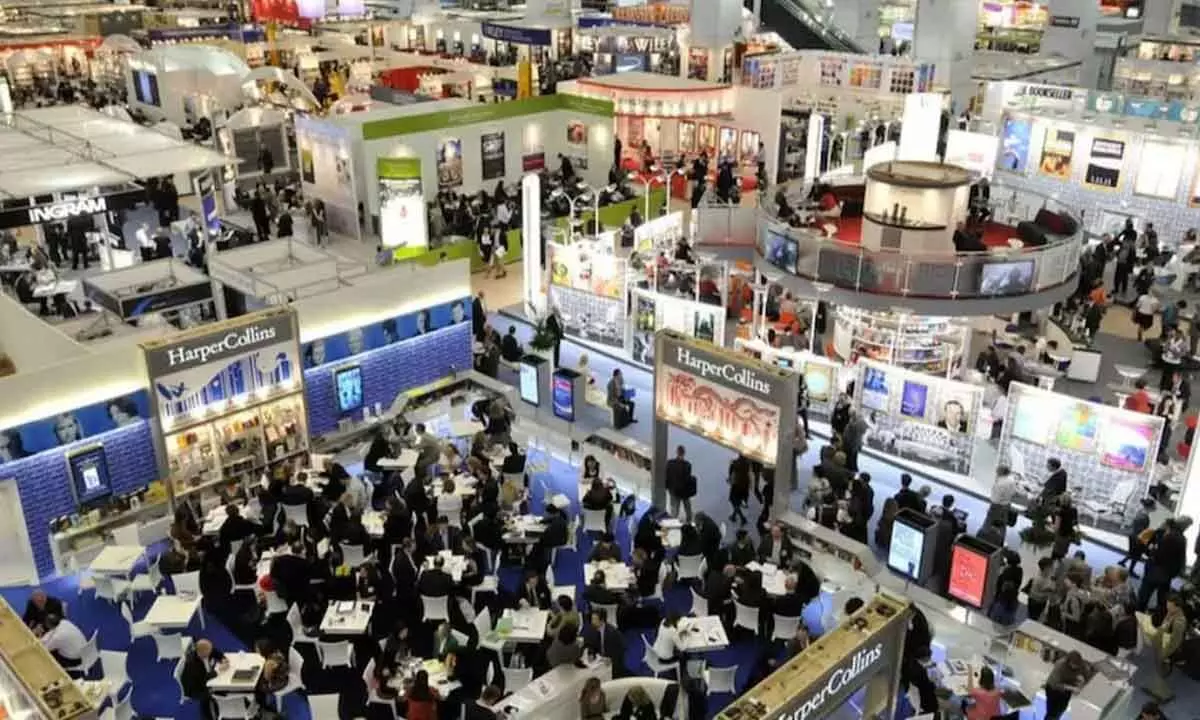Govt must recognise exhibition industry to realise its full potential
image for illustrative purpose

The India event and exhibition market size is estimated at $ 5.23 billion in 2024, and is likely to reach $ 7.80 billion by 2029, growing at a CAGR of 8.31% during the forecast period (2024-2029). It is a fact that exhibitions and events have also emerged as critical enablers of the economy. With India being one of the fastest-growing economies, the government initiatives to help enterprises in different industries are expected to boost events and exhibitions sectors. With a vast consumer market, India offers an unparalleled opportunity for enterprises to invest and expand.
According to the India Brand Equity Foundation and Retailers Association of India, the retail market size across India will reach $ 1,750 billion by 2026. Both in India and globally, sectors related to manufacturing, automotive, engineering, education and technology have traditionally been among the most productive for exhibitions. These burgeoning sectors often attract a diverse range of exhibitors and visitors, including industry decision-makers. Moreover, logistics, transportation and infrastructure are gaining prominence due to the growing emphasis on efficiency, connectivity and sustainability in global supply chains.
Overall, exhibitions focusing on these sectors tend to be highly productive and impactful, and in the process offering myriad opportunities for networking, knowledge exchange and business development. The future of the MICE industry appears promising, with several factors contributing to its growth and evolution in India. According to a report by Allied Market Research, the global MICE industry is projected to reach $1,439 billion by 2026, with India being a key contributor to this growth. Firstly, the increasing global prominence as a business hub is driving demand for MICE events in India.
As businesses expand and diversify, there is a greater need for platforms that facilitate networking, knowledge exchange, and business collaborations. Advancements in technology are transforming the way MICE events are conducted, making them more interactive, immersive, and accessible reaching a broader audience across geographical boundaries. In hindsight, the exhibition sector faces many major issues. Since the government has yet to recognise the industry, it is doomed to be disorganized, save for a few major companies. That apart, India has a shortage of world-class exposition facilities, which is the reason it cannot large-scale events.
The ability to extend exhibitions to larger sizes and give greater value to exhibitors rests squarely in the hands of those who provide the venues. New, spacious, and well-equipped convention centres have been a priority for the government and UBM has been working hard to ensure that. A face-to-face engagement with current and future customers still takes precedence over displays of manufacturing or innovation at these locations’ shows, which are still largely transactional in nature. When organising a show in India, pricing is an important consideration because the country is a fragmented market with price disparities between the organised and unorganised sectors. However, the situation is improving and efforts are on to bridge these gaps due to an increase in consolidation. With a young population, a half-billion-strong middle class with purchasing power, and an economy that is growing at eight per cent, India has a robust democracy. However, the exhibition sector must be viewed in the context of other high-growth potential emerging markets like China, in order to both understand and realise its potential.

